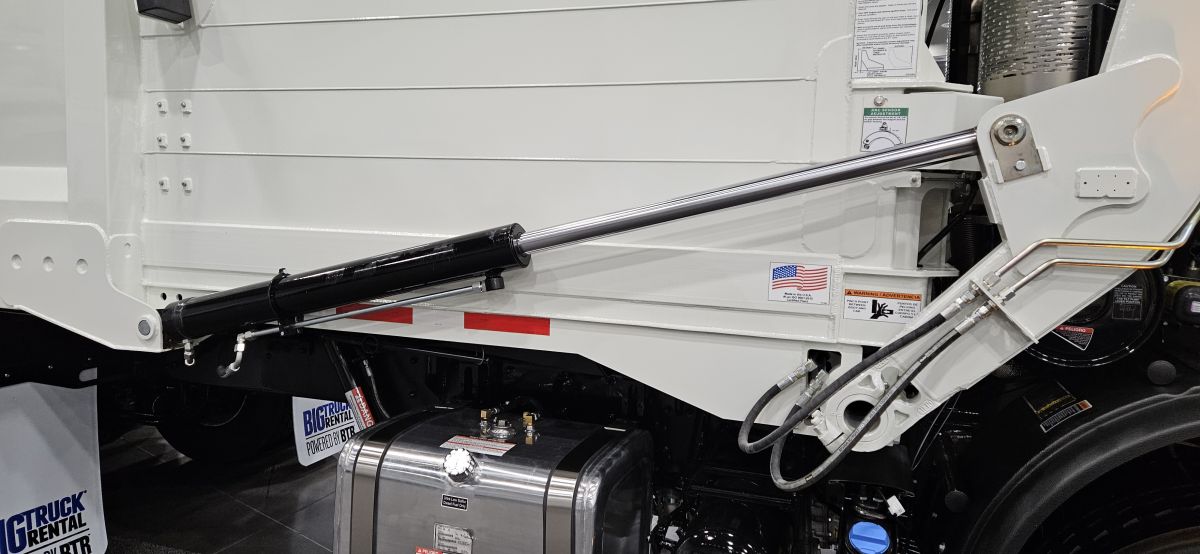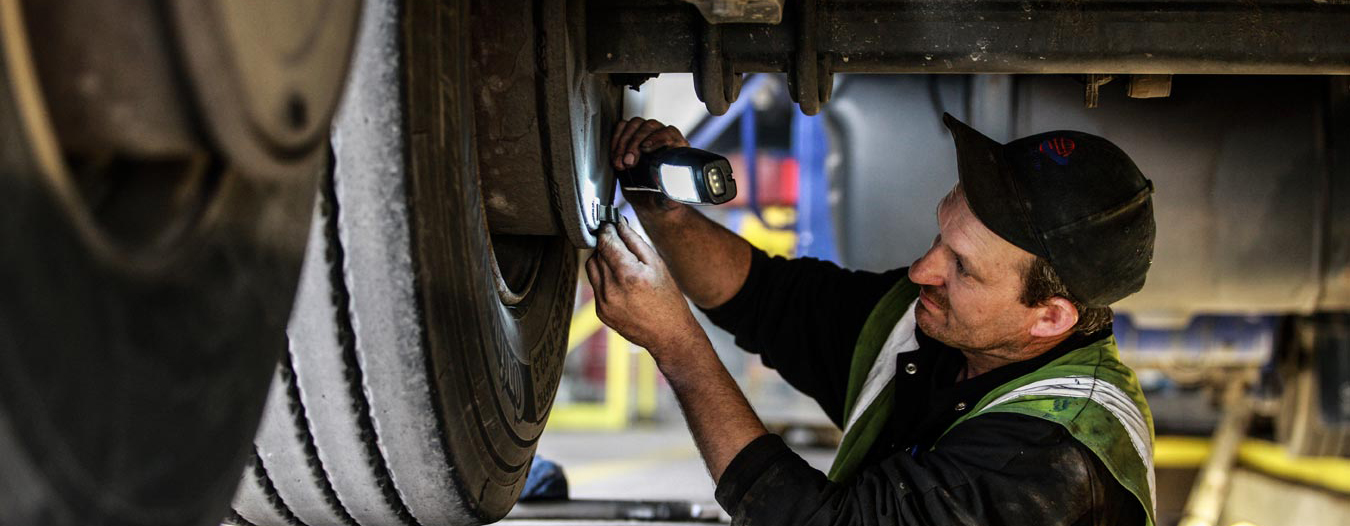Maintaining refuse fleets is a complex and critical task for the waste and recycling industry. With approximately 180,000 garbage trucks operating in the United States, the efficiency, reliability, and upkeep of these vehicles directly impact the industry's success. This article explores the maintenance overview, history, best practices, challenges, opportunities, and future trends in refuse fleet maintenance.

Refuse fleet maintenance involves a series of procedures to ensure the operational efficiency and safety of garbage trucks. Proper maintenance practices are essential for minimizing downtime, reducing operational costs, and prolonging vehicle lifespan. Regular inspections, preventive maintenance, and timely repairs are integral components of a successful fleet maintenance program.

The maintenance of refuse fleets has evolved significantly over the years. Garbage trucks have transitioned from basic rear-load and front-load models to highly sophisticated vehicles equipped with advanced technology. Early trucks required manual tarping and had manual transmissions, whereas today's trucks boast automatic tarpers, automatic transmissions, and a variety of safety features such as backup cameras and advanced driver assistance systems.
Preventive maintenance inspection (PMI) is the cornerstone of effective fleet maintenance. PMIs are essential for equipment longevity, uptime, and low operating costs. Technicians must promptly address any issues identified during these inspections to prevent minor problems from escalating into major repairs. Utilizing maintenance software to track repairs and schedule PMIs can streamline this process.
Leveraging data provided by trucks is crucial for identifying and addressing potential issues. Ignoring this data can lead to costly repairs and extended downtime. For example, a thorough review of drive train data can prevent repeated failures and save substantial maintenance hours.
Ongoing training for technicians is crucial, especially with the rapid advancement of truck technology. Continuous education helps technicians stay updated on new products and maintenance techniques, ensuring that maintenance teams can effectively manage modern refuse fleets.

The increasing complexity of refuse trucks presents both challenges and opportunities. Today's trucks are equipped with a myriad of technologies, including engine management systems, exhaust diesel particulate filters, and selective catalytic reduction technology. Maintenance teams must stay abreast of these advancements to perform effective repairs and maintenance.
A significant challenge is the shortage of skilled technicians. The complexity of modern fleets requires experienced personnel, yet there is a growing gap in the availability of qualified technicians across all levels of the industry. Addressing this shortage through targeted training programs and educational opportunities is vital.
Maintaining refuse fleets can be costly, especially when preventive measures are neglected. Cutting corners can lead to severe disrepair and higher long-term costs. Investing in proper maintenance practices and training can mitigate these expenses.
Looking ahead, artificial intelligence (AI) holds immense potential for revolutionizing refuse fleet maintenance. AI can help identify common cause-and-effect links between maintenance efforts and outcomes, leading to a more prescriptive approach. By predicting when parts are likely to fail, AI can enable preemptive repairs, reducing downtime and improving fleet reliability.
The implementation of stringent emission standards continues to shape the future of refuse fleets. Maintenance teams must adapt to these evolving regulations by ensuring vehicles comply with emission requirements. This involves staying updated on new technologies and practices aimed at reducing emissions.
Sustainability is becoming increasingly important in fleet maintenance. The shift towards alternative fuels, such as compressed natural gas, hydrogen, and battery-powered vehicles, reflects the industry's commitment to reducing its environmental impact. Maintenance teams must be equipped to handle these new technologies and ensure their efficient operation.
Maintaining refuse fleets is a dynamic and challenging task that requires a combination of preventive measures, data utilization, continuous training, and adaptation to technological advancements. By implementing best practices and addressing current challenges, the waste and recycling industry can enhance the efficiency and reliability of its fleets. Looking to the future, innovations such as AI and sustainable practices promise to further transform refuse fleet maintenance, ensuring a cleaner and more efficient industry. As a hydraulic solution provider ourselves, HCIC are changing with the refuse industry to offer updated service to help you dealing with it easily. Welcome to contact us by davidsong@mail.huachen.cc.